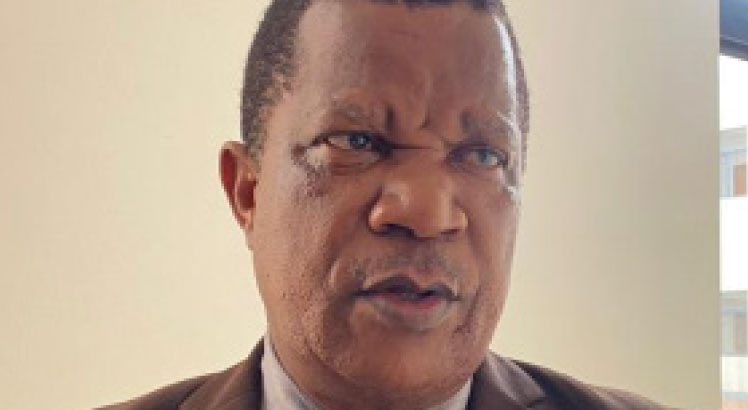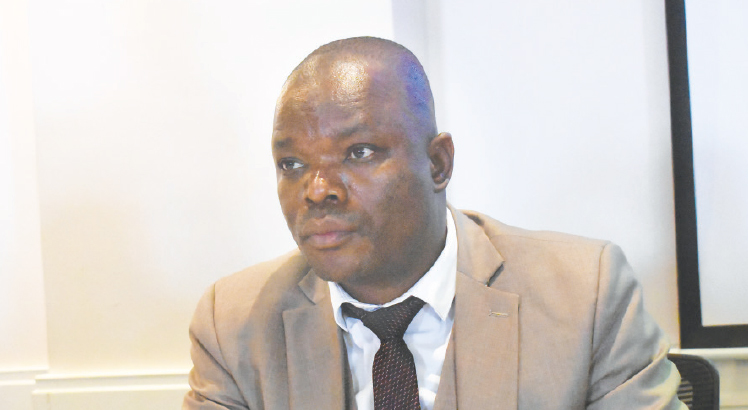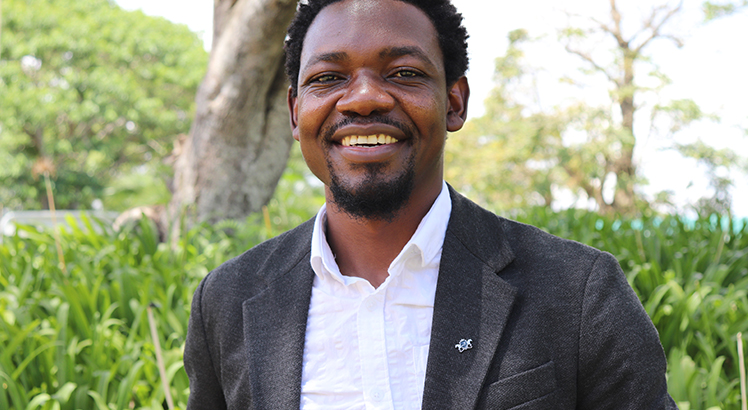‘It’s time to cut back on food waste’
About 25 percent of food produced for consumption in the country goes to waste in the production chain. This status quo happens throughout the world prompting World Food Programme (WFP) alongside other international bodies to launch the Stop the Waste Campaign which is advocating for people to use food in a manner that will not lead to wasting more food. Our reporter JACOB NANKHONYA caught up with WFP country director BENOIT THIRY to explain more about the campaign. Excerpts:

What is the Stop the Waste Campaign all about?
The Stop the Waste Campaign has been raised by the three Rome-based agencies Food and Agriculture Organisation [FAO], World Food Programme [WFP] and IFAD. These UN agencies take care of food and food security. We have been raising this issue for many years but we haven’t seen much action. The world keeps losing a lot of food produced for consumption. If I look back in Europe, there is a lot of publicity on reducing food purchased, say, buy two instead of three.
What necessitated the campaign?
We are saying that there is a lot we can do as individuals, I can buy less and prevent that one person from becoming hungry because I haven’t been wasteful. I have a responsibility to prevent myself from purchasing too much and throw the surplus food into the bin and deprive someone a chance to eat. The campaign is to target the individual telling them that you have the responsibility to stop the waste. Thirty percent of food produced around the world is lost, the first 15 percent lost during production and the remaining 15 percent is thrown into the bin.
Another interesting issue is about the best before dates. Of course, we need to be careful with meat and sea food because we can become sick if we eat [rotten beef], but on foods such as milk and cheese you know when it’s good or not. Actually you can’t be sick if you eat milk that has gone past its best before date. We didn’t have those dates in our parents’ days. We need really to assess before throwing such food into the bin. We have challenged chefs in Europe to think outside the box, be creative and come up with recipes that would enable us to consume the food that is perceived as having gone bad.
How is WFP in Malawi assisting farmers to cut on food waste in relation to Sustainable Development Goals 2?
We are working with the farmers’ organisations to help farmers better manage their harvest and reduce post-harvest loss. We do have techniques, such as the Pics bags, which help keep the pests off maize for over a year without applying pesticides. We are trying to bring such techniques to farmers and help them manage loss.
The other thing is with the fresh foods where it is something we look into with other partners. In this, there is food transformation and conservation. For instance, this is the time of mangoes and we all know how much mangoes are going to go to waste, yet Malawi keeps importing mango juice from other countries such as South Africa. Those are [the challenges] we need to address because for us it is not acceptable to have this level of food loss in Malawi. It is our responsibility to try finding ways and sensitising the entire population on food wastage.
How significant is food waste in Malawi in relation with SDG 2?
We lose up to one third of what is produced in this country to waste and the availability of proper knowledge and techniques such as Pics Bags would really help reverse the situation. Pics Bags, which can be reused up to three years in a row depending on how you care for them, are a good innovation originally coming from Israel. We can actually save up to 100 percent of produced food.
As WFP what do you intend to do differently to achieve the goals of this campaign?
On production side we are going to continue working with farmers organisations, working with government and other partners on how to scale it up and increase farmers’ production and gain. We also have other programmes too such as food diversification, increasing yield and market access. We are doing more integrated approach with the famers. We are trying to move farmers out of subsistence farming into more commercial model. Increasing income and re-invest some of it into increasing your productive asset. We believe that if you lose 25 percent of your yield then you lose 25 percent of your income then you are not able to invest into the productive asset and increase your business.
How best do you intend to localise the campaign?
WFP will not be able to work with all the farmers in Malawi. Even if I get support from the donors I will not be able to reach out to all the farmers in the country. Our aim is to work more with partners and governments. n





